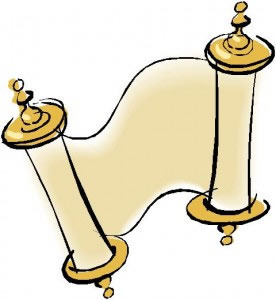The Netherlands has a population of around 17,500,000 inhabitants. It has a high population density, with 416 inhabitants per km2.
The Netherlands has a highly developed economy characterized by stable industrial relations, low unemployment, a significant trade balance surplus, and plays a key role in Europe's economy as an important trading center.
The Netherlands is the 17th largest economy by volume of GDP. Its public debt in 2020 was 434,795 million euros, with a debt of 54.3% of GDP. Its per capita debt is ?24,880 euros per inhabitant.
Holland is located in the west of the Netherlands. Being a maritime region, the Netherlands is located on the North Sea coast, at the mouth of the Rhine and Meuse rivers. It has numerous rivers and lakes and an extensive interior canal.
Holland is protected from the sea by a long line of dunes on the coast. Most of the area behind the dunes is made up of polders, land areas reclaimed from the sea and that are well below sea level. Currently, the lowest point in the Netherlands is a polder, the Zuidplaspolder, located about 6.75 meters below sea level, near Rotterdam.

Until the 9th century, the inhabitants of the territory that became Holland were of Frisian origin. The area was part of Friesland. At the end of the s. IX, Holland became a county of the Holy Roman Empire. The first count of Holland that is known with certainty was Theodoric I, who ruled from the year 896 to 931. He was succeeded by a long line of Dutch counts, who until 1101 were known as counts of Friesland. When Count John I died without issue in 1299, the county was inherited by John II of Avesnes, Count of Hainaut. At the time of William V (House of Wittelsbach, 1354-1388), the Count of Holland was also the Count of Hainaut and Zeeland.
Later West Frisia was conquered and as a result most regional institutions referred to Holland and West Frisia as a single unit. At the same time, armed clashes took place and continued until Jacqueline I, Countess of Hainaut, was forced to cede all her possessions, including Holland, to her cousin Philip III of Burgundy, known as Philip the Good, in 1432.